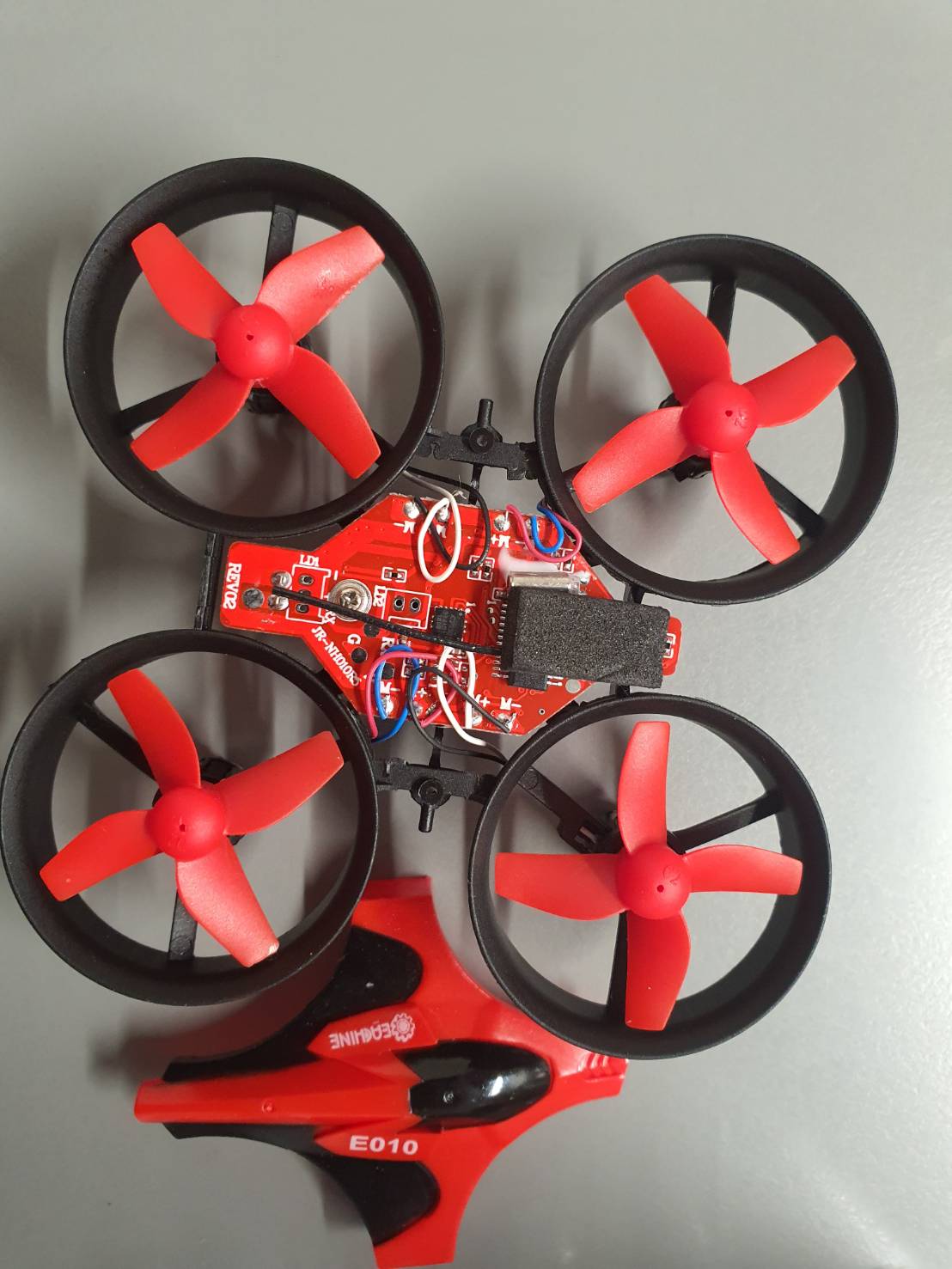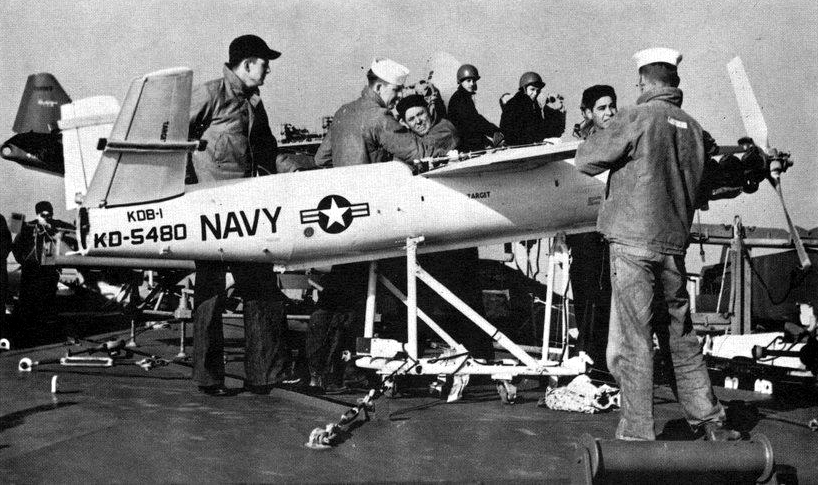
Although photos aren't able to tell much about China-based drones, there are many worth your consideration. You can read on to find out more about the Wing Loong 2, Caihong 6, and many other Chinese drones. The final decision is yours whether to purchase these drones. In this video we also talk about what to look at. The drones listed above are the most common types in commercial use. But what about the ones that haven't been seen on the market yet?
Wing Loong 2
The Chengdu Wing Loong II (GJ-2), a remote controlled, unmanned flight unmanned aerial vehicle that can be remotely controlled and operated by the Chengdu Aircraft Industry Group in People's Republic of China, is called the Chengdu Wing Loong II. It is marked GJ-2 by the military. The Chengdu Wing Loong II is used for military trials, as well as civilian applications. Since its creation, it has been lauded for many things including the fact that it was the first civilian drone to be granted an international patent.
Wing Loong can fly for up to 20 hours at a speed of 370 km/h. Its flight endurance has been listed at 27 hours. However the Chinese company failed to provide any details regarding the number and duration of the flights. The Wing Loong 2 can be used for civilian purposes as well as military purposes. It can also serve as a surveillance tool, aerial photography, video production or surveillance tool. China doesn't make public its military capabilities.
Caihong 5
China is quickly becoming a major supplier of strike capable UAVs. China sold 181 drones in 13 countries from 2008 to 2018. More than three-quarters were strike-capable systems. In the same time period, the Wing Loong and popular Caihong series made up 35.4%, 53.6% and respectively, 53.6%. The new CH-5 will continue this trend and compete with the UAVs from the United States and Israel.

The Caihong 5, which is a 5-foot-long, has a radome nose with an upward-pointing V tail. It can fly at an altitude of 9,000 meters, compared with the 7,200-meter range of the gasoline-powered piston-engine variant. A heavy fuel engine reduces fuel consumption by around 20%, making it less expensive to run. China's Caihong-5 drone is the biggest ever.
Wing Loong 1E
Wing-Loong-1E (a multi-purpose strike-capable UAV capable of performing multiple purposes) is the latest addition to the Wing Loong Family of large unmanned aircraft vehicles (UAVs). It was recently flown its maiden flight. AVIC did not release specific technical details, but a prototype was demonstrated at the 2010 China International Aviation & Aerospace Exhibition. It features an aerodynamic design that is distinctive and upward-pointing, as well as winglets.
The Wing Loong-1E China is a new drone made in Chengdu. It's located in Sichuan. This factory specializes in unmanned aerial vehicle (UAVs) and is a sign that China is interested in producing its own drones. The Wing Loong 1E is smaller than its predecessor, but it is expected to be more durable due to composite materials and improved aerodynamics. The new drone will be capable of greater range, endurance, as well as efficiency.
Wing Loong II
According to rumors, the Wing Loong II Chinese UAV could replace the MQ-1 Predator from the Middle East. According to the company's reports, the country expressed interest in purchasing 300 units of the unmanned aircraft. Saudi Arabia, Pakistan and other countries have also expressed interest in purchasing the unmanned aircraft. The two nations have agreed to produce 48 units each of the Chinese drone. Before these nations buy a Wing Loong II, however, it's important to evaluate its suitability for military purposes.

Wing Loong II can carry more advanced versions of the original. The new model can carry 12 air-to-surface rockets. The Wing Loong II model, which was introduced to PLAAF in November 2018, is the second in the Wing Loong Series. It's an upgraded variant on the Wing Loong and has already entered service with China’s military. The Wing Loong II and the GJ-2 have similar capabilities. However, the Wing Loong II is more powerful.
FAQ
What is the main difference between a quadcopter or a helicopter?
A quadcopter is a four-rotor helicopter that flies like a traditional helicopter. It has four rotating rotors. The hexacopter looks similar to a quadcopter, but it has six rotors rather than four. Hexacopters offer more maneuverability and stability than quadcopters.
Is it possible to fly my drone in a local park?
You can fly drones in parks around the globe. Safety concerns mean that not all countries allow drones to be flown in parks. Our list contains places where drones are legal to fly for enjoyment.
What are the rules for operating drones?
You need to register your drone with the FAA. You will need to submit information about your drone including its weight and size as well as operating frequency. The FAA will issue you an identification number.
How can I keep drones from my home?
Drones are becoming more popular for home security and surveillance. To avoid drone attacks, install motion sensors around the property. They will detect any unapproved flying objects.
Do I require special training to fly a drone
No, you don't need special training to fly your drone. You will only need a remote control unit, and some knowledge about flight mechanics.
Statistics
- According to the multiple listing service (MLS), houses and apartments with drone photographs are up to 68 percent more likely to sell than those without pictures. (thedroneu.com)
- According to ZipRecruiter, the minimum hourly wage of drone pilots is $20. (thedroneu.com)
- According to industry research from ZipRecruiter , there are 10 cities where the typical salary for a Drone Pilot job is above the national average. (dronesgator.com)
External Links
How To
How to Fly Drones With Beginners
A drone is a remote-controlled aircraft used for aerial photography, cinematography, surveillance, scientific research, and hobby purposes. Drone technology has existed since World War II. DJI's Phantom series quadcopters were first commercially available in 2010. Since then, there have been many different types of drones available, from beginner-friendly models like the Parrot AR Drone 2.0 to professional-grade multi-rotor craft like the DJI Mavic Pro.
There are several ways to fly a drone, including;
-
Remote control – This technique uses a control device attached directly to your hands that allows you steer the drone around its flight path. There are two main types, On/Off switches (like radios) and joysticks.
-
Manual Control - This method uses a smartphone app to remotely control the drone using GPS coordinates. You must keep track of the location where you want the drone to go and follow the instructions from the app.
-
Autonomous Flying - This allows the drone to take over all of the piloting duties. The drone is able to fly autonomously, without the need for human intervention. The drone must be equipped with a camera and sensors that can capture images and data in order to fly autonomously.
-
Triggered flight - This is similar to manual control except that the pilot sets up a preprogrammed route and the drone follows the route until it reaches its destination. After the program is complete, the drone automatically returns to the ground.
-
Landing Gear - Some drones come equipped with landing gear that allows them to land safely if they lose power or run out of battery during flight.
-
Goggles – Pilots often wear goggles while flying to keep themselves safe from any debris.
-
Camera - Certain drones come with cameras that allow you to take photos and videos from high above.
-
Obstacles. Some drones can have obstacle avoidance technology that stops them from hitting obstacles.
-
Speed - Drones can reach speeds up to 40 mph.
-
Battery Life - Most drones can last between 20 minutes to 3 hours, depending on how much power you're using.
-
Range - Depending on the model, some drones can travel up to 30 miles away.
-
Power source - Some drones require an external power source; others work off internal batteries.
-
Weight - Some drones are lighter than others, while some models can weigh as much as 4 pounds.
-
Size - The size of drones varies from small, easily carried devices to more substantial crafts that weigh in excess of 50 pounds.
-
Price - All drones fall within a specific price range, from high-end models that can cost thousands of dollars to lower-cost options starting at $100.